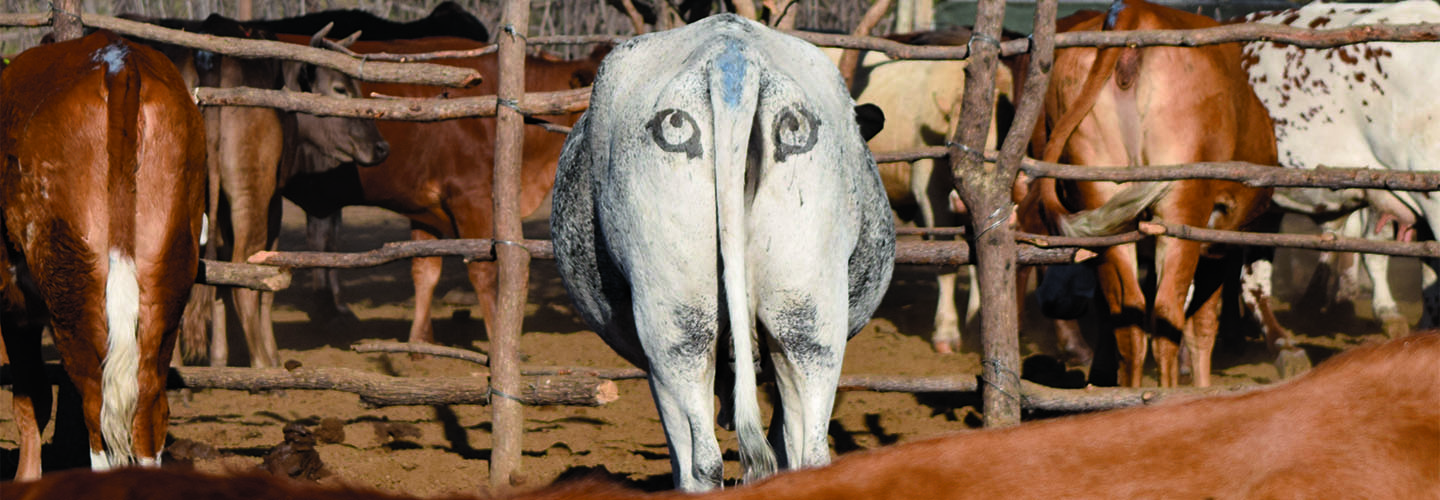WATERFRAME/ALAMY STOCK PHOTO
FAKEOUT: A four-eye butterflyfish has eyespots that scare off predators.
People in the African nation of Botswana may have spotted some strange faces peering out from fields. Looking closer, they would have discovered that the “eyes” staring back weren’t eyes at all. They were stamps painted on cows’ rumps! It wasn’t done as a joke—the fake eyes were painted on in the name of science.
Large predators such as wolves, lions, and tigers often live near farms in Botswana. That can cause problems for wild animals and local farmers and their cattle.
Predators sometimes attack and kill cattle. Farmers then often kill the predators. This is causing populations of large predators to shrink, says conservation biologist Cameron Radford of the University of New South Wales in Australia.
Radford and his team are looking for ways to help people and animals peacefully live together. That’s how they found themselves painting eyes on cows’ butts. They hoped the markings would stop predators from attacking cattle. If so, they might also be able to protect the predators’ populations too.

